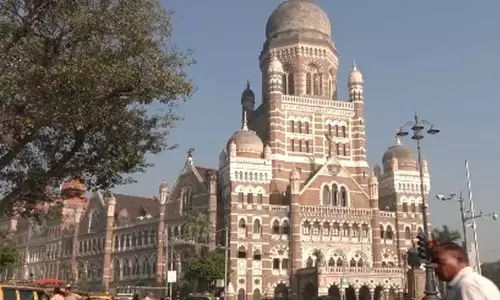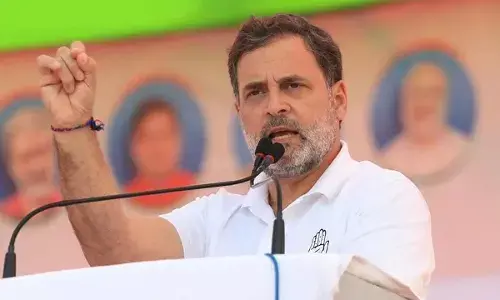22 years since Uphaar fire

- 59 died after being trapped inside, mostly due to suffocation
- Lack of planning, safety regulations leads to such accidents
New Delhi : Twenty two years ago on Friday, June 13, 1997, Uphaar Cinema, in Green Park area of Delhi, became the spot for the national capital's worst fire tragedy, killing 59 people.
Twenty two years later, on Sunday morning, December 8, 2019, another fire broke out in a factory in a crowded market in West Delhi''s Rani Jhansi Road area killing 43 so far, making it Delhi''s second worst fire incident since Uphaar tragedy.
While 59 people died being trapped inside, mostly due to suffocation at Uphaar, and as many as 103 injured, in Delhi''s, Anaj Mandi fire tragedy, at least 43 are killed and dozens injured.
There was an oil leakage at the Uphaar site and the fire spilled over to the parking bay gutting 27 cars that were parked there. Thankfully, on Sunday, the fire wasn''t allowed to spill to the surrounding areas.
While, the national capital''s worst fire incident broke out in the afternoon while screening of the movie Border, between 3-6 p.m.; very few know the trigger of it started in the morning on that fateful day at 6.55 a.m., when a transformer on the ground floor of the Uphaar Cinema caught fire.
On Sunday, the fire broke out early in the morning, between 4.30 a.m. and 5 a.m., at Delhi''s Anaj Mandi area.
Calling it the biggest ever fire tragedy in the history of Delhi after Uphaar Cinema fire, a Delhi Fire Service (DFS) officer, requesting anonymity told IANS, the factory had "flouted" the fire safety norms sand there was "no proper exit".
In the case of Uphaar fire incident that dragged into a long legal tangle, In 2015, a trial court had convicted the Ansal brothers, who owned the theatre. However it had spared them a jail term due to their age. Later when the matter went to the Supreme Court, it had sent Gopal Ansal to jail for one year, sparing Sushil Ansal.
It was meant to be just another relaxed Sunday for the labourers at Anaj Mandi, who were there in the factory, trapped. But dozens of them, couldn''t see the day break. Initial reports suggest the building had no proper fire exit, leaving many to die suffocated.
For those who were around in Delhi during 1997, it brought back a dash of old memories - of fire, people being trapped and dying.
Experts say factories and small manufacturing units that are set up, often illegally, in old and overcrowded quarters of big cities and towns; the cost of land is relatively cheaper.
Such units often also serve as sleeping quarters for labourers who often migrate from villages and small towns in hope of jobs in the big city and try to save money by sleeping overnight at their workplaces.
"The building in which the fire happened has four floors. It is owned by two brothers - Imran and Rehan. They have rented it out for workshops - bags, printing paper and plastic are manufactured there and hundreds of labourers live there," Mohammad Masih, the owner of the adjacent structure, told NDTV.
He also said that few, if any, workshops in the area had legal permits and fewer still had precautions against fires - like extinguishers and fire escapes. Atul Garg, Director of the Delhi Fire Service, said the building that burned down did not have fire clearance and safety equipment was not found.
"I heard many of the labourers trying to run out of the burning building," Masih said, adding that some had tried to escape from the roof or via the chimney.
The lack of urban planning and lax enforcement of building and safety regulations often leads to such deadly accidents.
Today's incident is the worst since a similar one in an illegal fireworks factory in Bawana, in the northwest part of the city, last year in which 17 labourers were killed.










![RBTV77 APK v3.0 Official: The Ultimate Live Sports & HD Streaming Guide [2026] RBTV77 APK v3.0 Official: The Ultimate Live Sports & HD Streaming Guide [2026]](https://assets.thehansindia.com/h-upload/2026/01/16/500x300_1617864-tv.webp)




